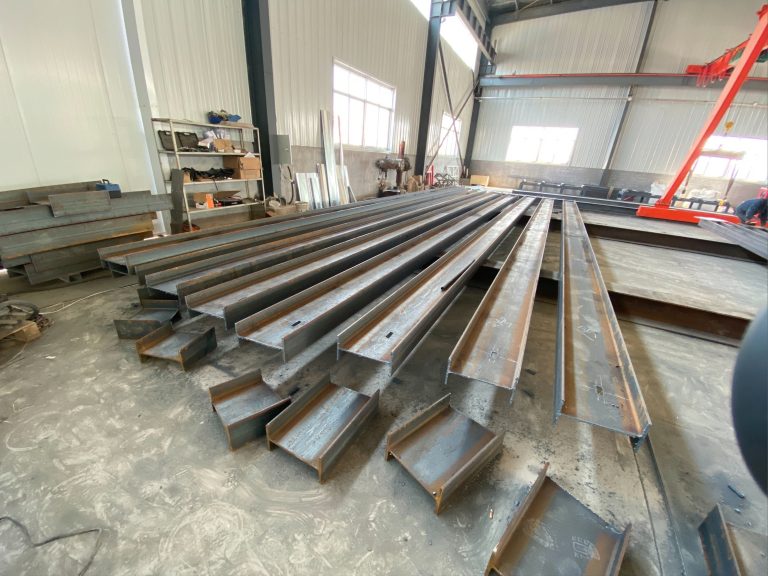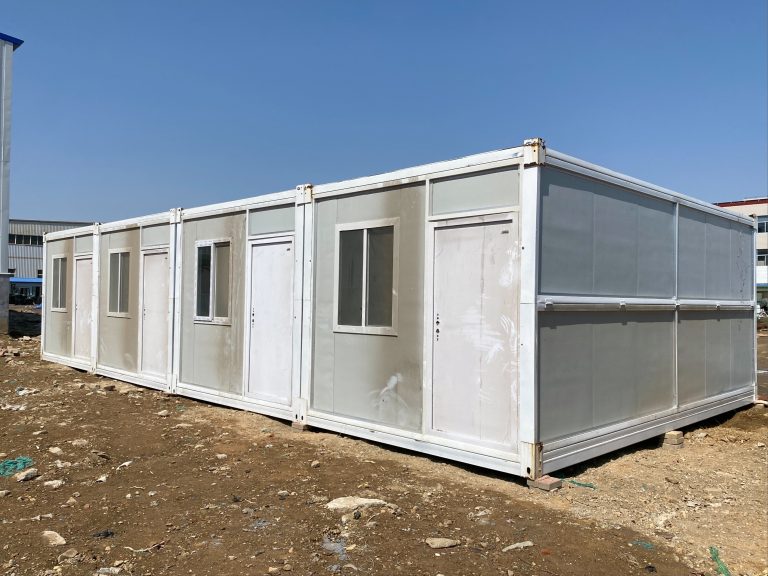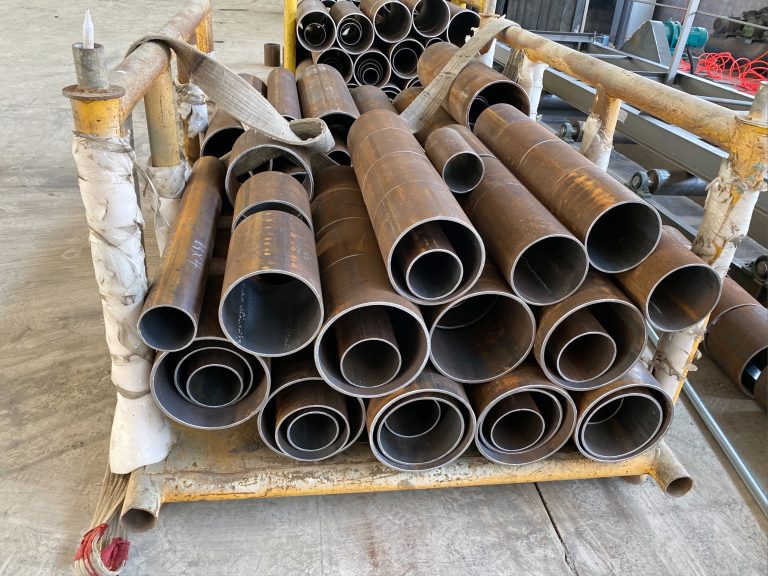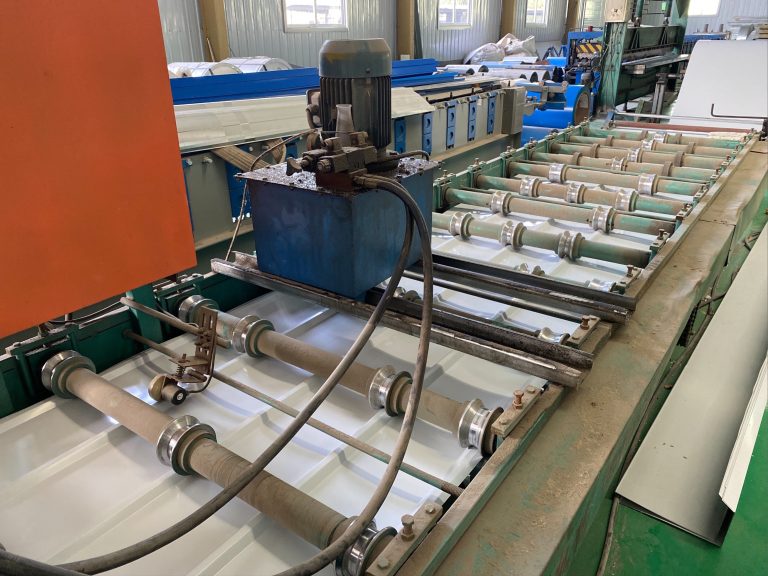What are the production processes and characteristics of different types of steel?
Production Processes of Different Types of Steel
Steel is a versatile and widely used material in various industries due to its strength, durability, and flexibility. There are different types of steel, each with its own unique production processes and characteristics. Understanding these differences can help in choosing the right type of steel for a specific application.
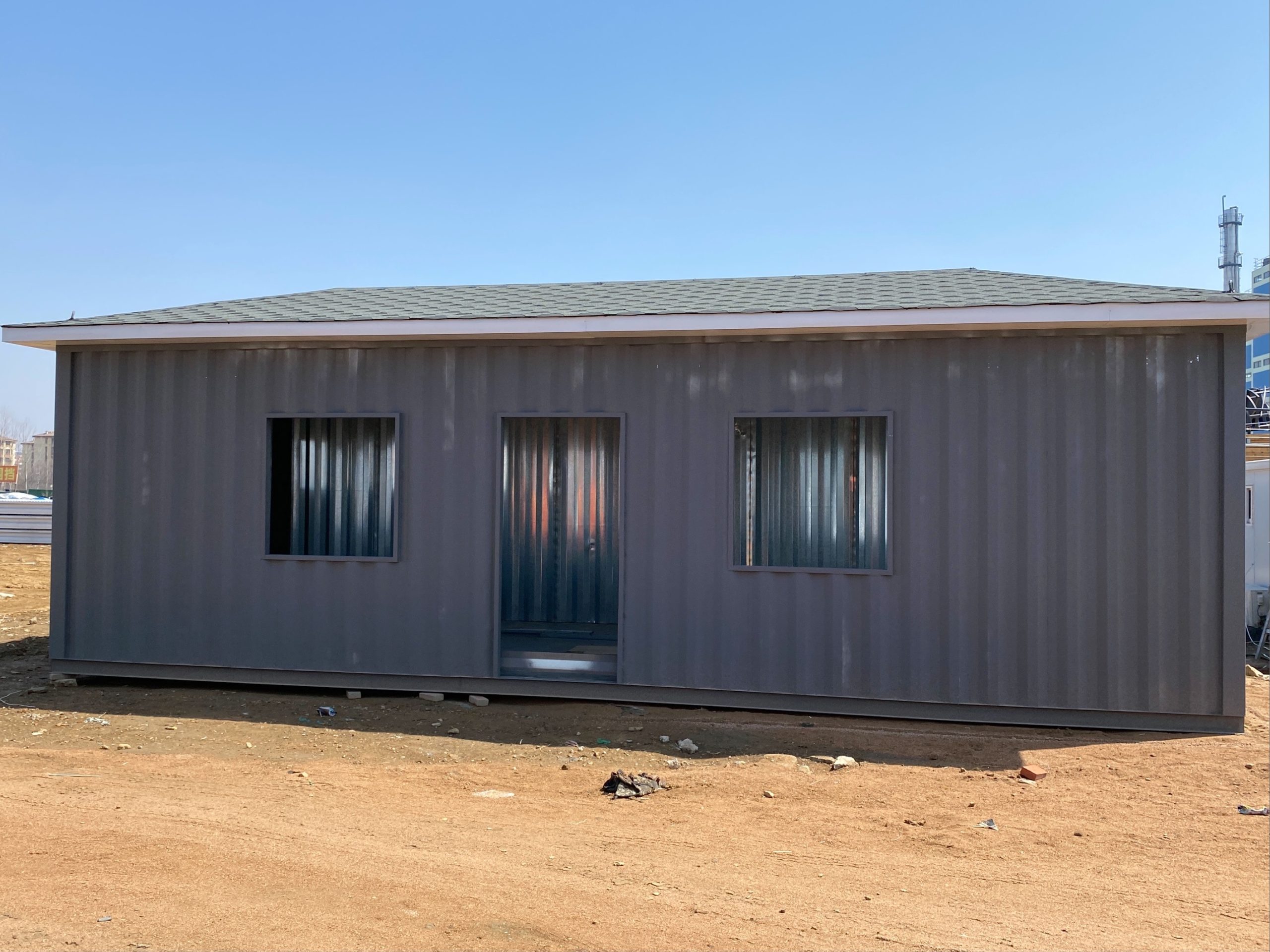
One of the most common types of steel is carbon steel, which is made by combining iron with carbon. The production process of carbon steel involves melting iron ore in a blast furnace and adding carbon to create the desired carbon content. The carbon content of carbon steel typically ranges from 0.05% to 2.0%, with higher carbon content resulting in harder and stronger steel. Carbon steel is widely used in construction, automotive, and manufacturing industries due to its affordability and versatility.
Another type of steel is stainless steel, which is known for its corrosion resistance and aesthetic appeal. Stainless steel is made by adding chromium to carbon steel, which forms a protective oxide layer on the surface of the steel, preventing rust and corrosion. The production process of stainless steel involves melting iron ore, carbon, and chromium in an electric arc furnace, followed by various refining processes to achieve the desired composition and properties. Stainless steel is commonly used in kitchen appliances, medical devices, and architectural applications due to its hygienic properties and attractive appearance.
Alloy steel is a type of steel that contains additional alloying elements such as manganese, nickel, or molybdenum to enhance its mechanical properties. The production process of alloy steel involves melting iron ore with the desired alloying elements in a furnace, followed by various heat treatment processes to achieve the desired strength, hardness, and toughness. Alloy steel is commonly used in aerospace, automotive, and machinery industries due to its high strength-to-weight ratio and wear resistance.
Tool steel is a type of steel that is specifically designed for making cutting tools, dies, and molds. The production process of tool steel involves adding alloying elements such as tungsten, vanadium, or cobalt to carbon steel to enhance its hardness, wear resistance, and toughness. Tool steel is commonly used in manufacturing and machining industries due to its ability to retain sharp edges and withstand high temperatures.
Each type of steel has its own unique characteristics and production processes, making it suitable for specific applications. Carbon steel is affordable and versatile, stainless steel is corrosion-resistant and aesthetically pleasing, alloy steel is strong and wear-resistant, and tool steel is hard and durable. Understanding the differences between these types of steel can help in choosing the right material for a specific project or application.
In conclusion, steel is a versatile and essential material in various industries, with different types of steel offering unique properties and characteristics. By understanding the production processes and characteristics of carbon steel, stainless steel, alloy steel, and tool steel, one can make informed decisions when selecting the right type of steel for a specific application. Whether it is for construction, manufacturing, or machining, choosing the right type of steel can make a significant difference in the performance and longevity of a product or structure.


